8.07.2024
Ariane 6 launch: how to watch and what to look out for
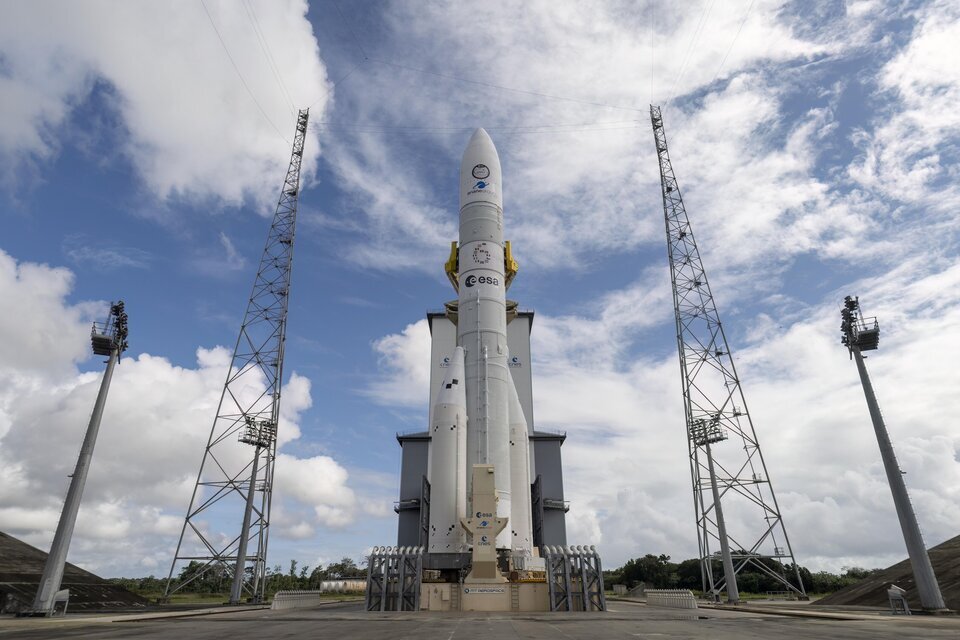
Ariane 6 is scheduled to launch on 9 July 2024, with a launch window from 15:00-19:00 local time at Europe’s Spaceport in French Guiana (19:00–23:00 BST, 9 July 20:00–10 July 00:00 CEST).
This is a big moment for Europe, as the rocket will ensure our guaranteed, autonomous access to space – and all of the science, Earth observation, technology development and commercial possibilities that it entails. With many features brand new to Ariane 6, we’ll be able to carry more and take it further, while sustainably disposing of the launcher's upper stage to prevent it becoming space debris.
Watch the entire launch live on ESAWebTV, starting half an hour before liftoff. The transmission is available in English with commentary by Katy Haswell and ESA Ariane 6 launch system engineer Tina Büchner da Costa. French commentary is provided by Lise Pederson and ESA’s head of Infrastructure and value chain for Space Transportation Luce Fabreguettes. A German live translation is available here.
Three phases
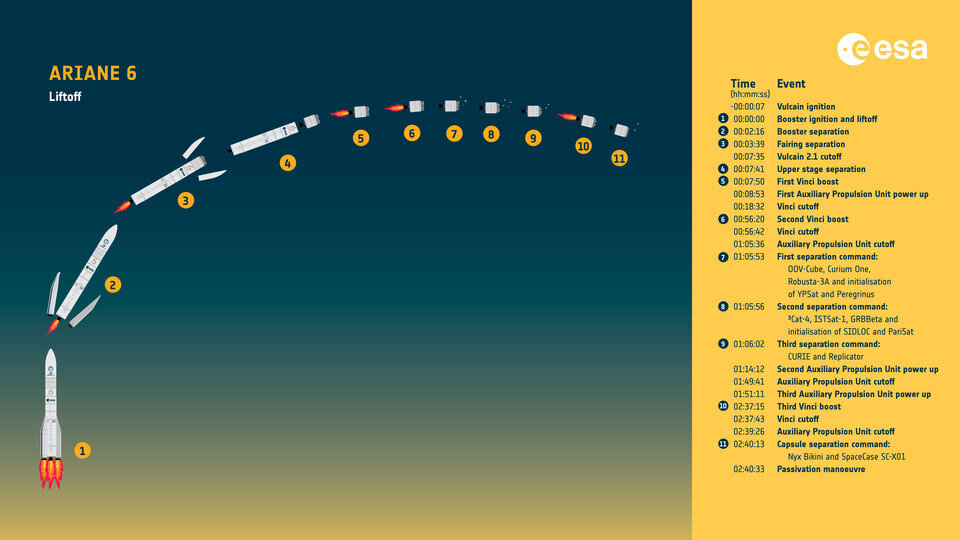
Ariane 6 first flight timeline
The first flight of Ariane 6 will have three phases, each of which will demonstrate various abilities for Europe’s newest heavy-lift rocket.
Phase 1: From ground to orbit

The first phase of Ariane 6’s flight, events one to five in the infographic above, will launch the rocket off Earth and into space. The thrust will come from the main stage engine, Vulcain 2.1, together with the force from two powerful P120C boosters. Phase 1 will also include the separation of the main stage from the upper stage, and the first boost of the upper stage’s Vinci engine which inserts it, and its passengers, into an elliptical orbit 300 by 700 km above Earth.
The Vinci engine will fire until about 18 minutes after liftoff, after which point Ariane 6 will have demonstrated that it can match a typical flight profile of its predecessor, the Ariane 5 ECA version.
Phase 2: Upper stage reignition and satellite deployment
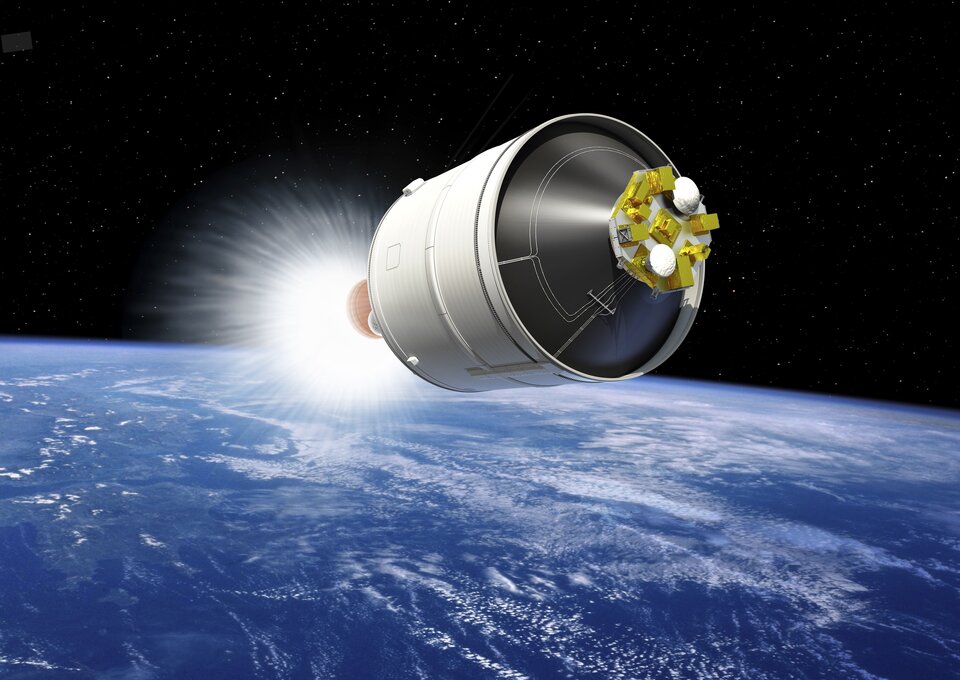
The next phase (events six to nine above) is when Ariane 6’s newest feature is put to the test: reignition of the upper stage. In Phase 2, the Vinci engine will re-fire for the first time, changing Ariane 6’s orbit from elliptical to a circular orbit 580 km from Earth’s surface.
Re-igniting an engine in zero gravity may not sound so difficult, but as fuels float freely inside the tanks, it is not as simple as you might think. The Auxiliary Propulsion Unit (APU) helps here, providing a small but steady amount of thrust to cause fuel in the Vinci tanks to settle ensuring it can fire again.

The first re-ignition will be followed by the deployment of Ariane 6’s first three satellites; OOV-Cube, Curium One and Robusta-3A, and the activation of two of its onboard experiments, YPSat and Peregrinus.
A few seconds later, the second batch of satellites will deploy; 3Cat-4, ISTSat and GRBBeta, and the last two experiments will be turned on, SIDLOC and Parisat. A third separation command will then deploy CURIE and replicator.
At this point, Ariane 6 has done its job, reigniting its upper stage and deploying its eight satellite missions and activating all onboard experiments.
Phase 3: Tech demos, deorbiting and capsule separation

The final phase in Ariane 6’s inaugural flight (events nine to 12 above) will push the cryogenic upper stage even further to its limit, and validate its ability to really perform under microgravity conditions.
The final boost for the upper stage will require it to re-ignite after its longest period “off” in space, initiating its controlled deorbit back through Earth’s atmosphere over the ‘NEMO point’ in the South Pacific.
Moments later, the two reentry capsules onboard will separate from the upper stage to make their descent to Earth with the aim to survive their fiery re-entry through our atmosphere.
A final command will be sent to passivate the upper stage – removing any energy on board to prevent possible explosions, another vital step for a sustainable descent – before it burns up in the atmosphere. Ariane 6 was designed to have this ability – to prevent the upper stage from lingering in space as debris.
Quelle: ESA
----
Update: 9.07.2024
.
Start von ESA Ariane-6-Träger-Rakete
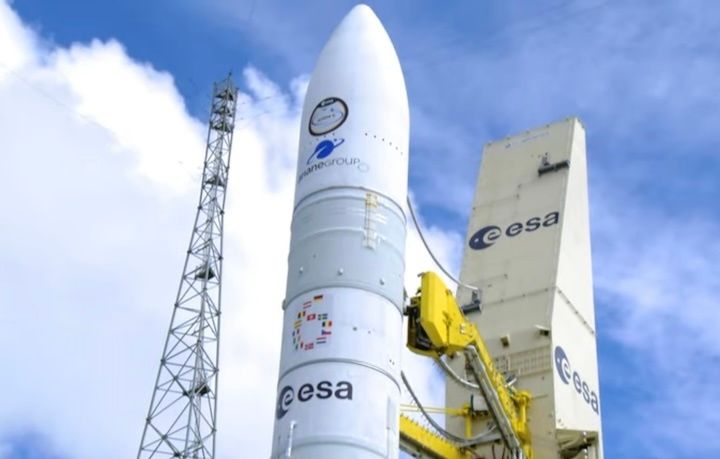
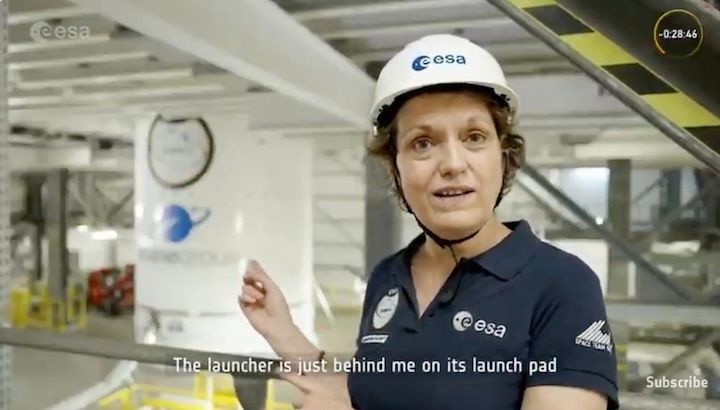
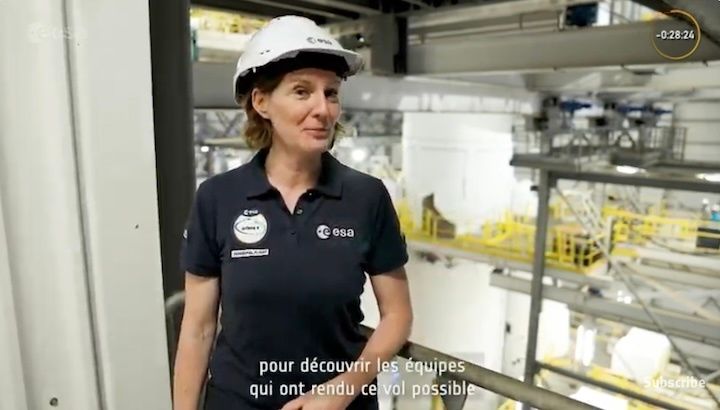
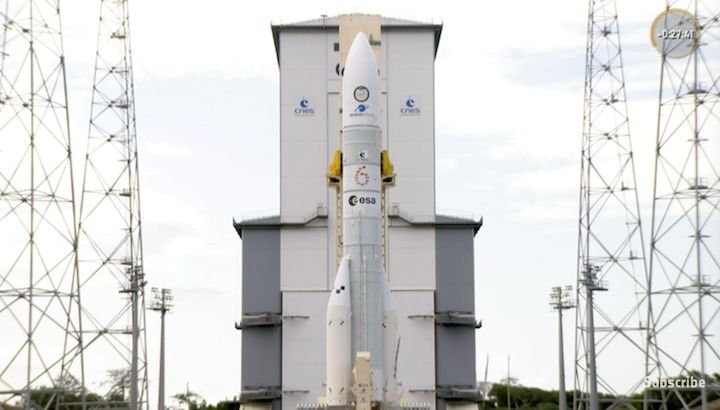
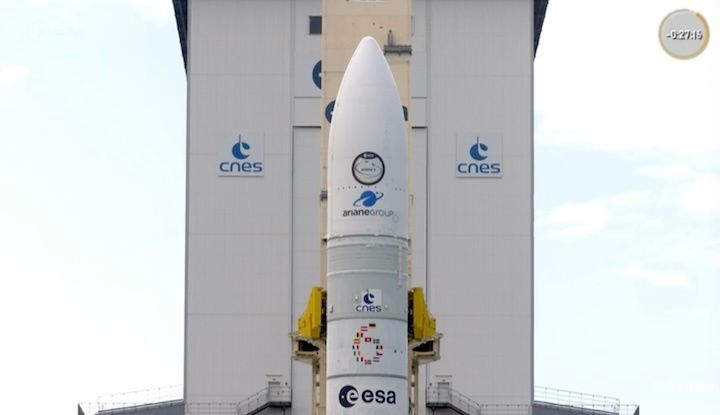
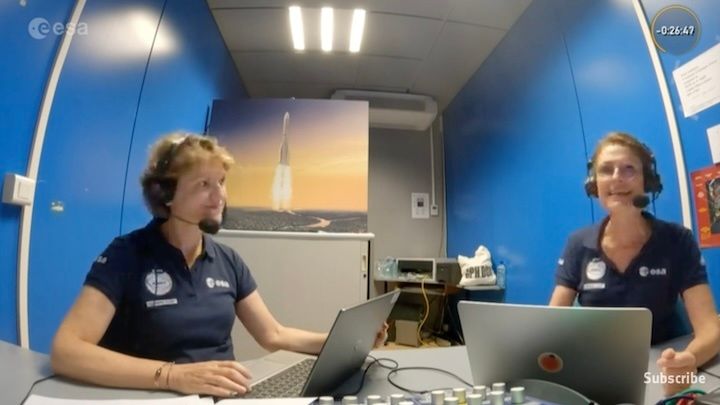
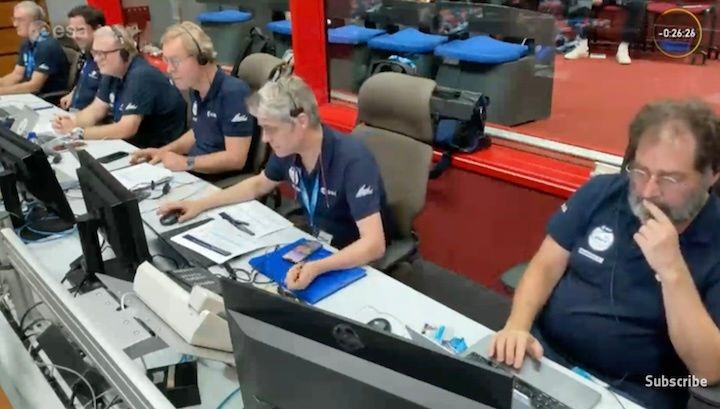
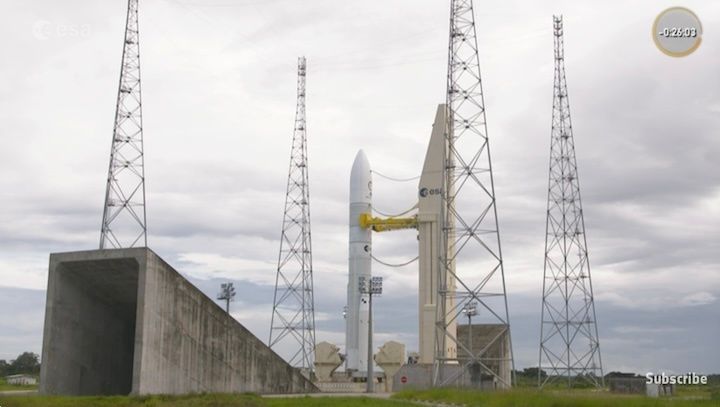
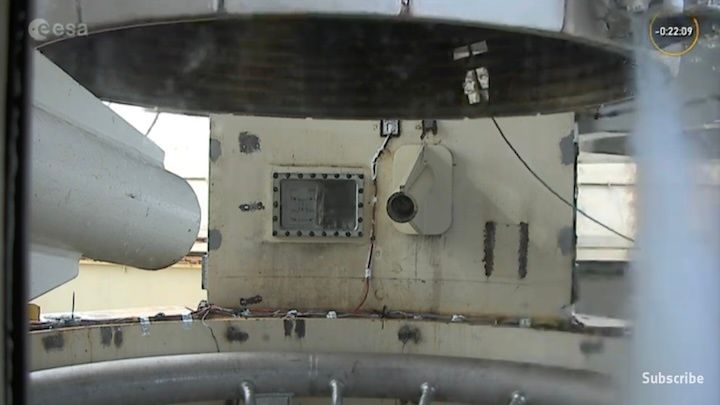
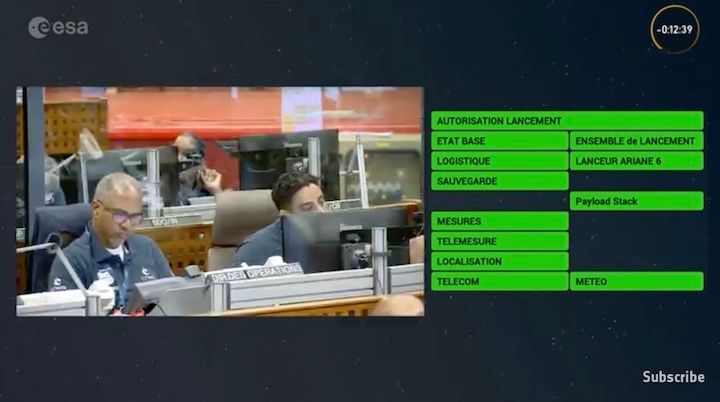
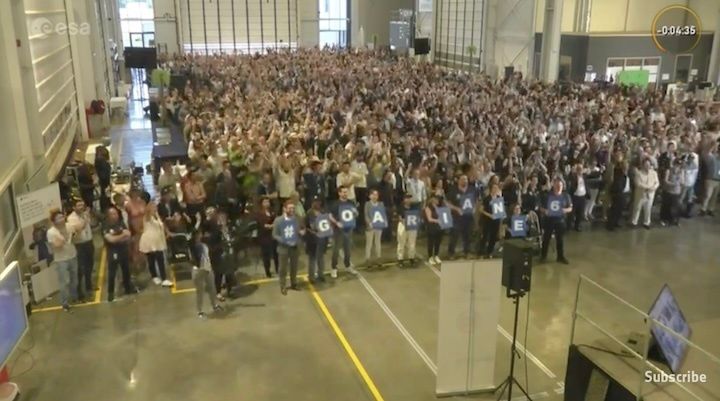
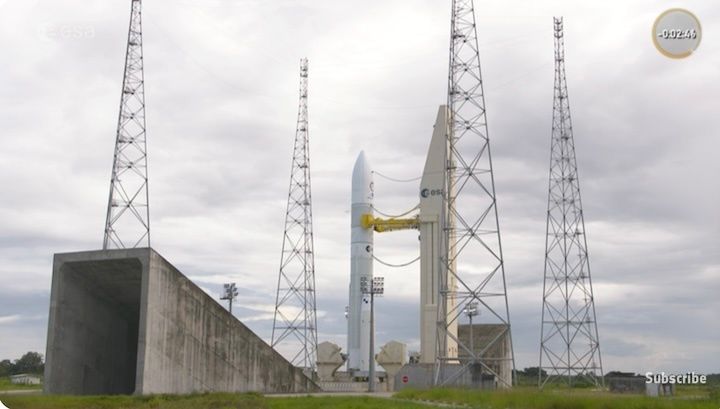
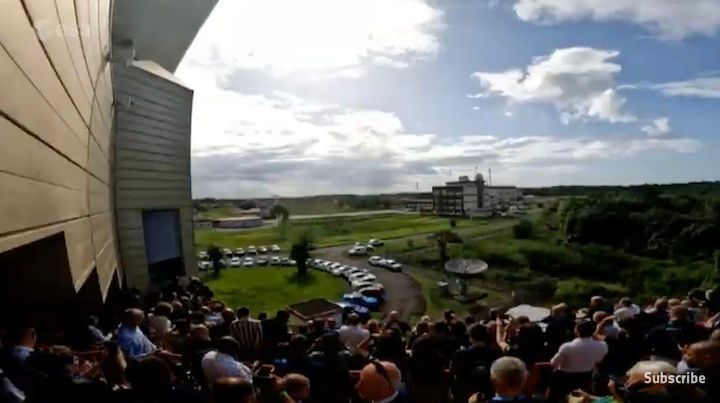


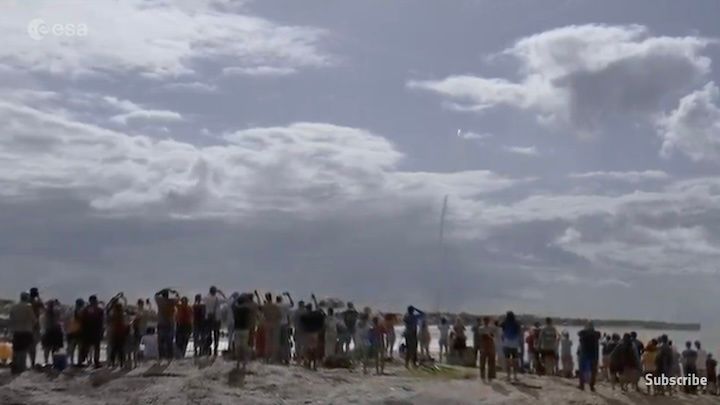
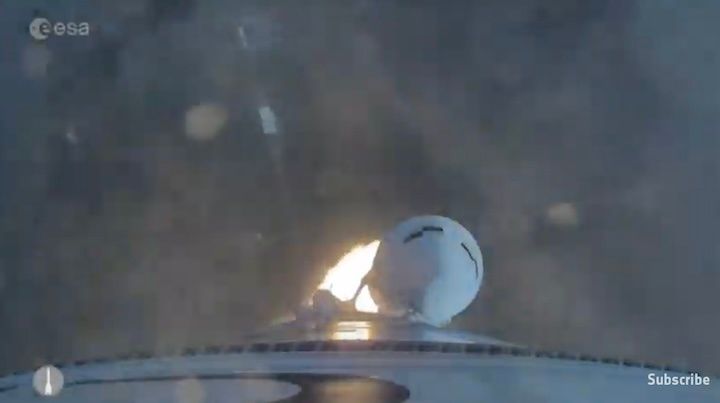
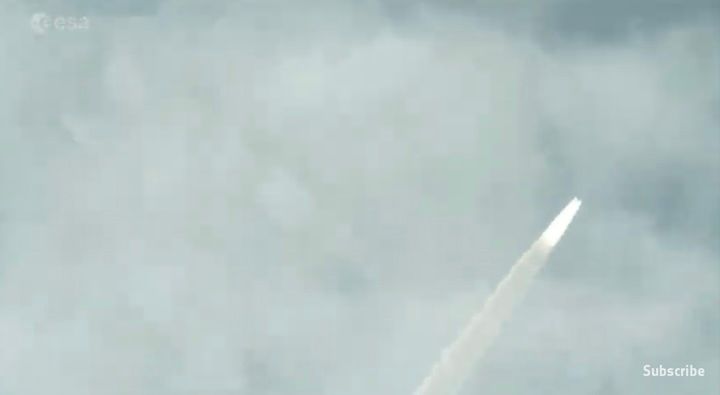
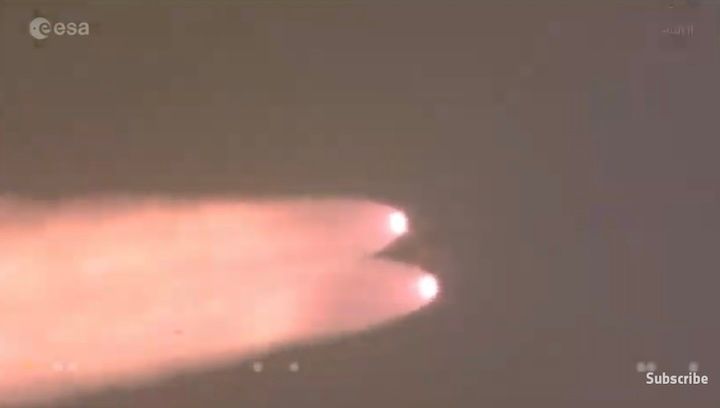
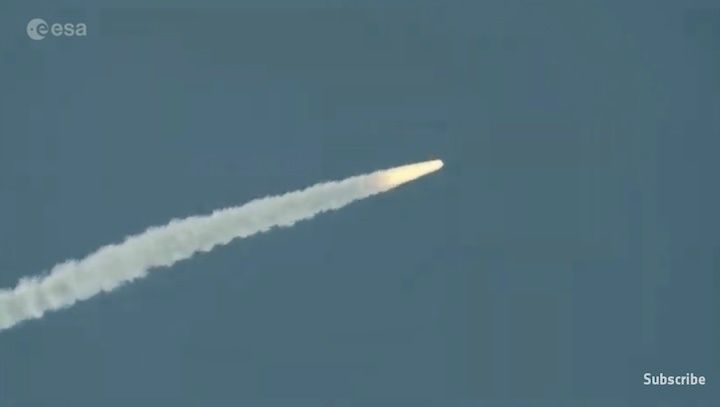
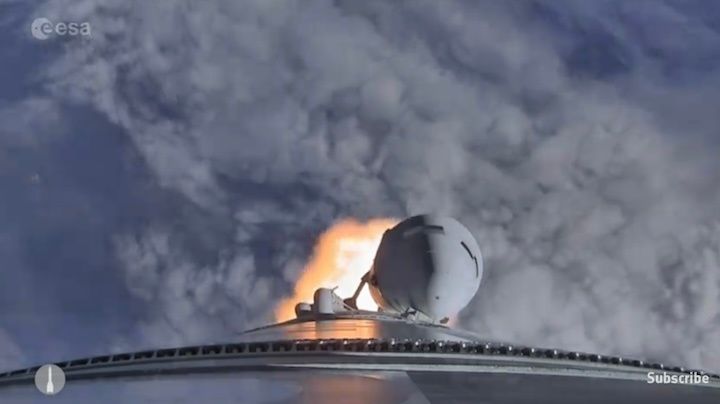
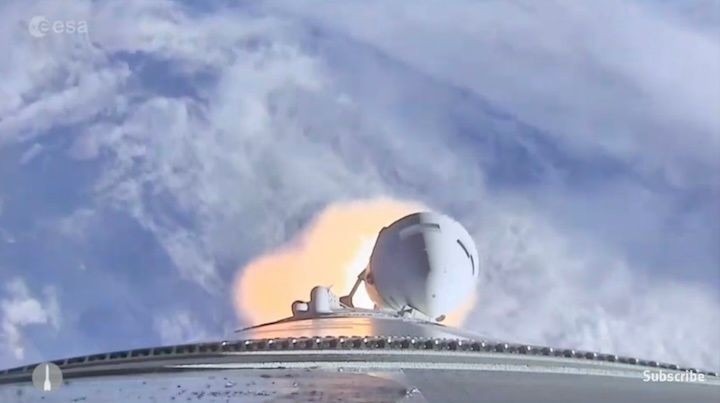
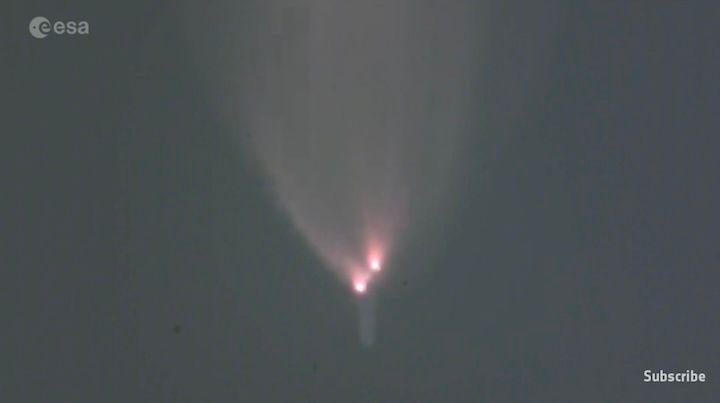
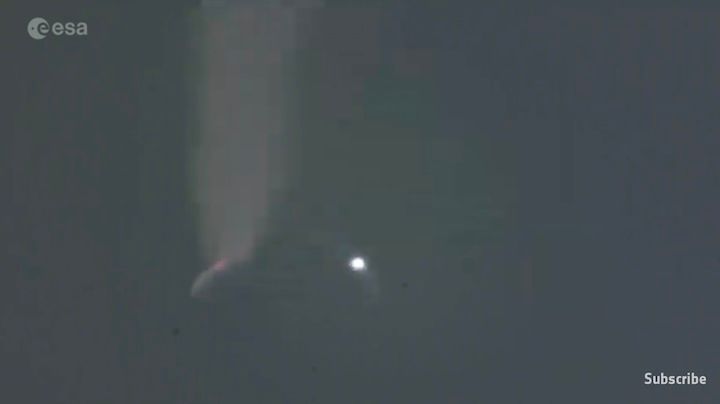
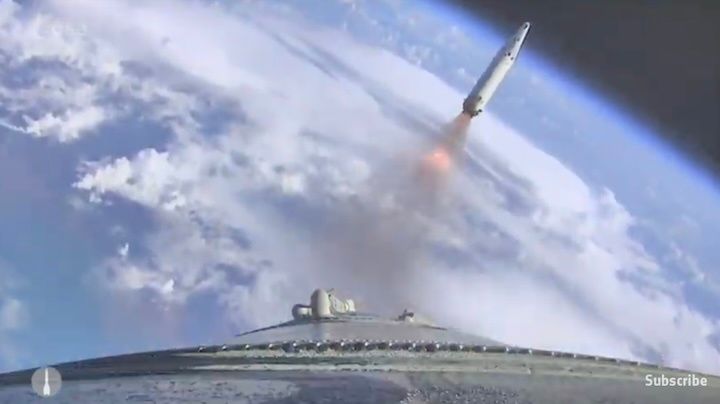
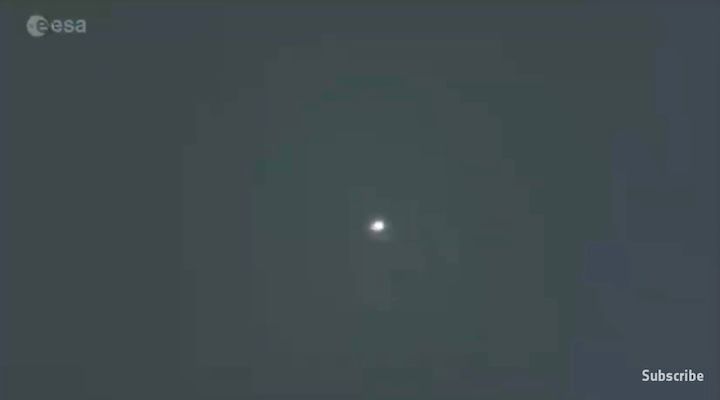
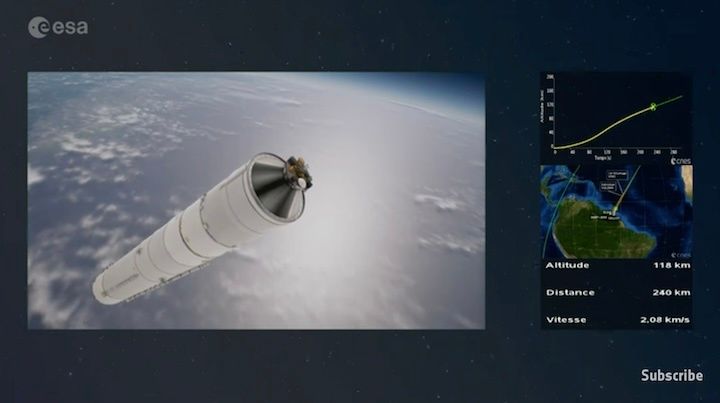
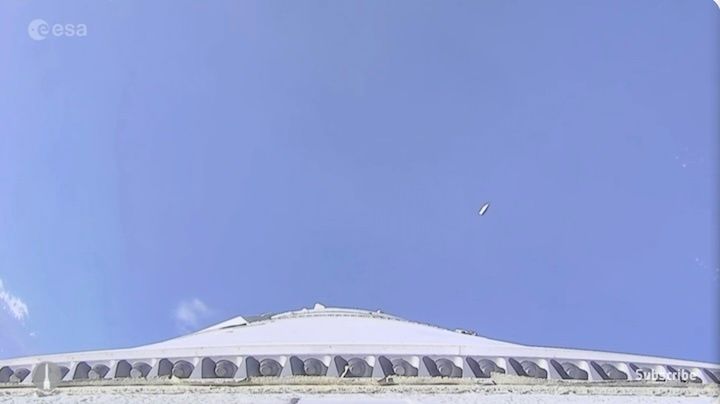
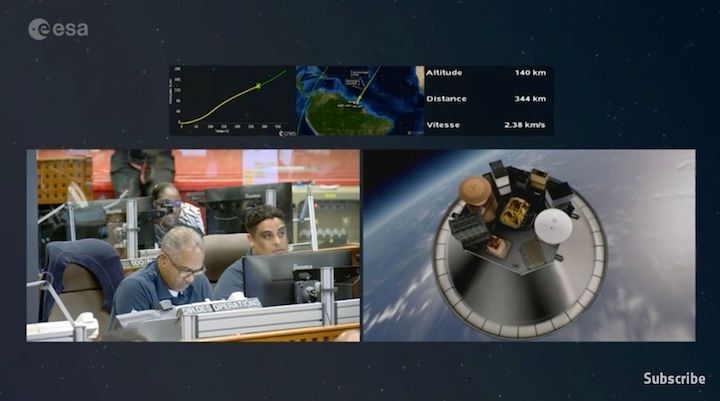
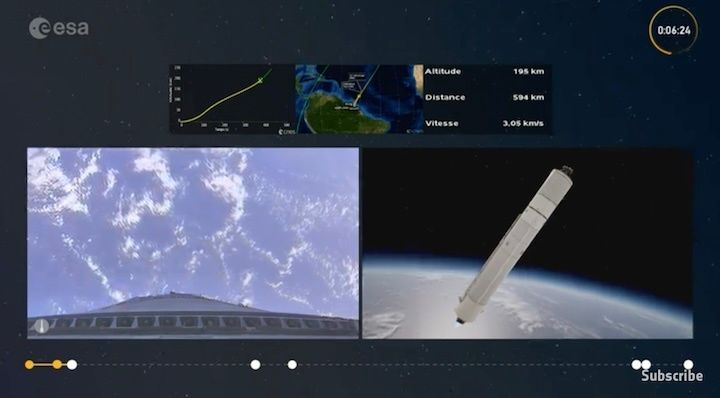
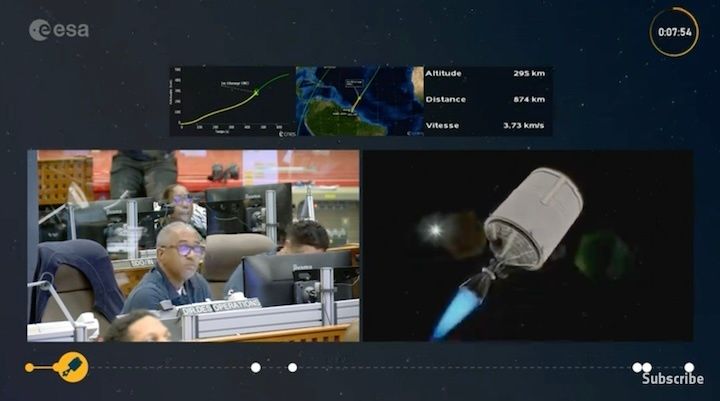
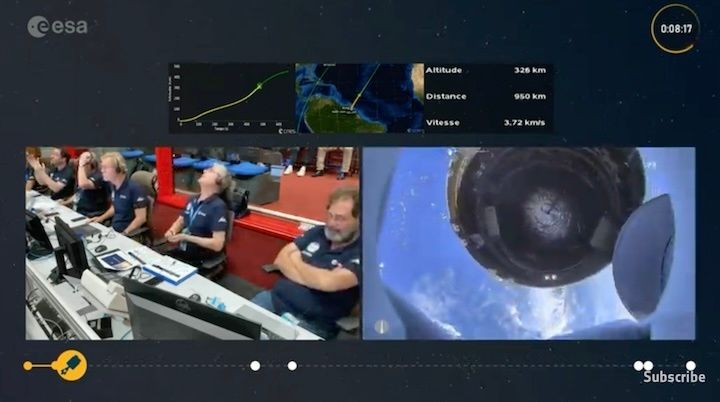
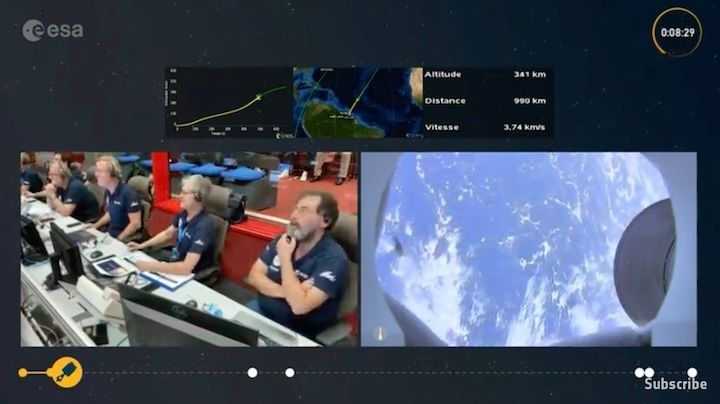
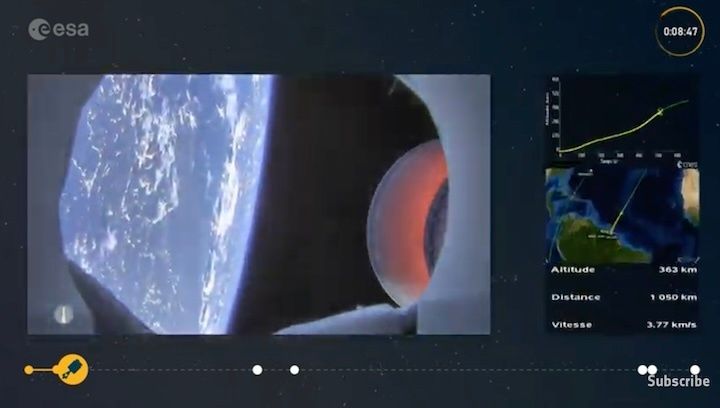
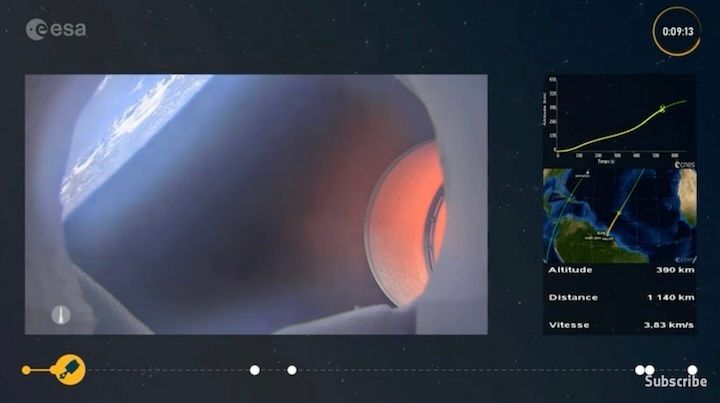
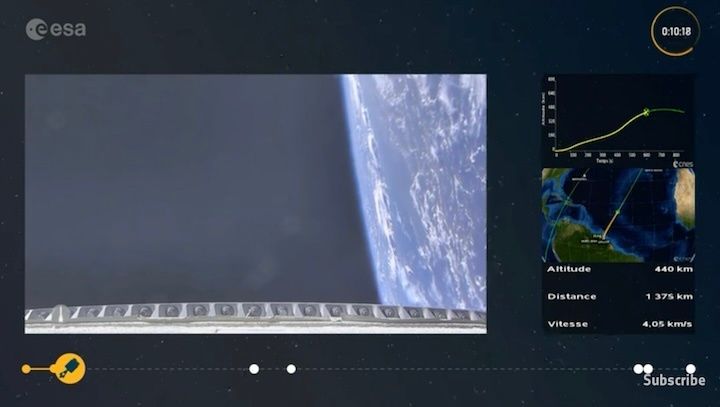
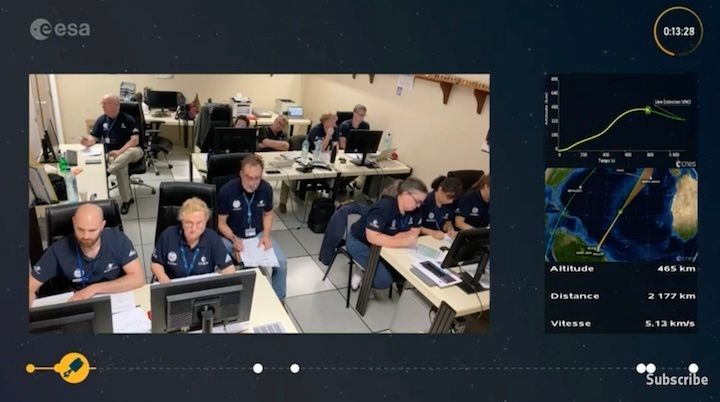
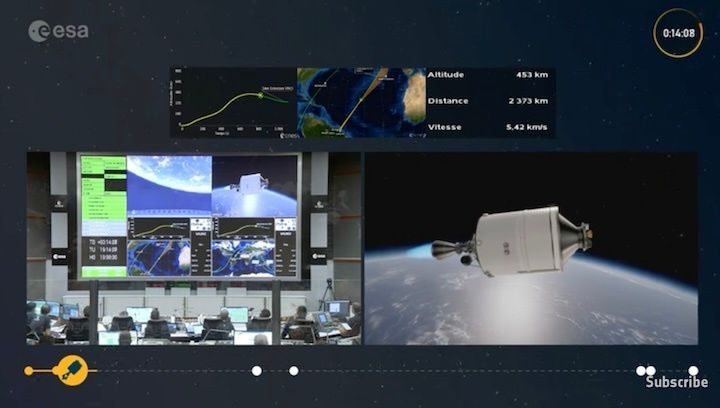
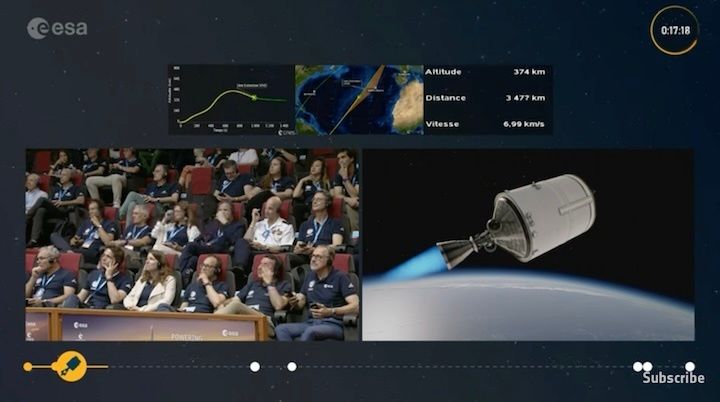
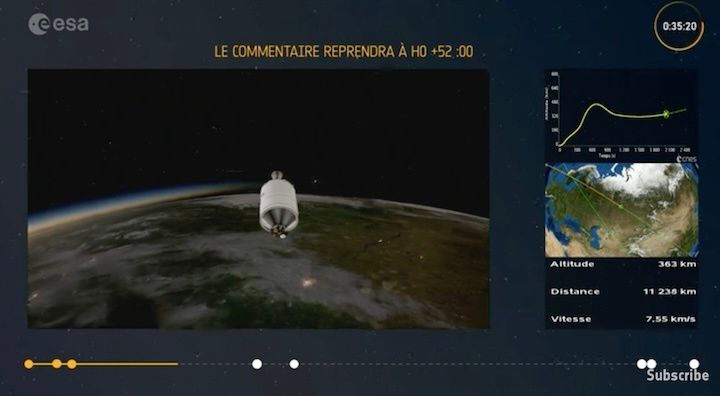
Quelle: ESA
+++
Update: 20:20 MESZ
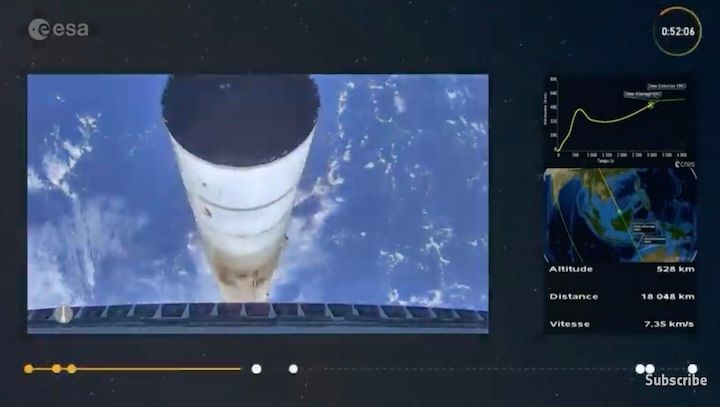
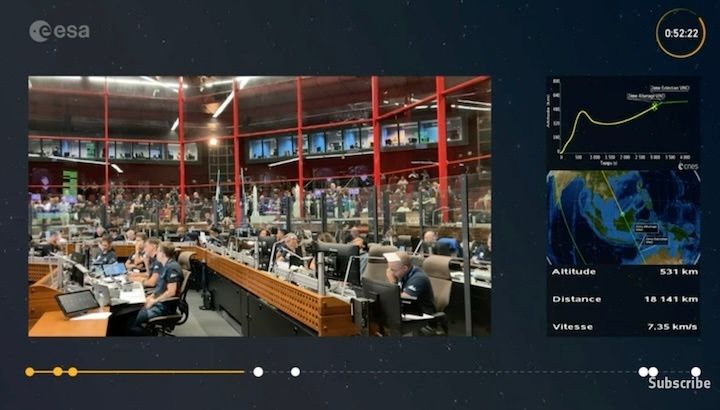
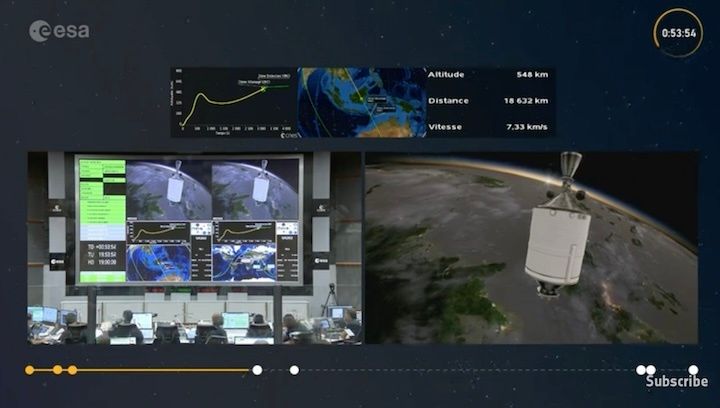
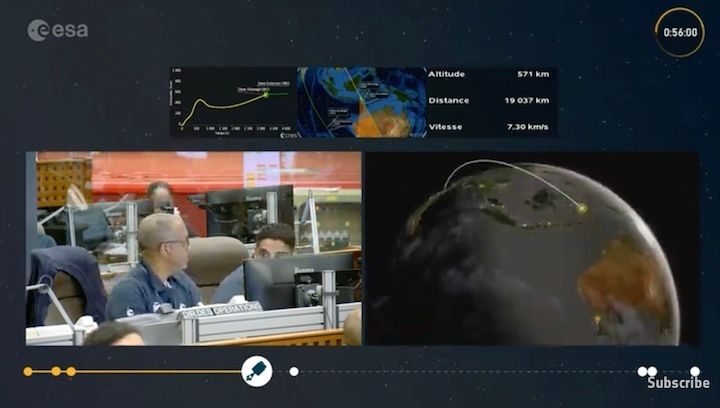
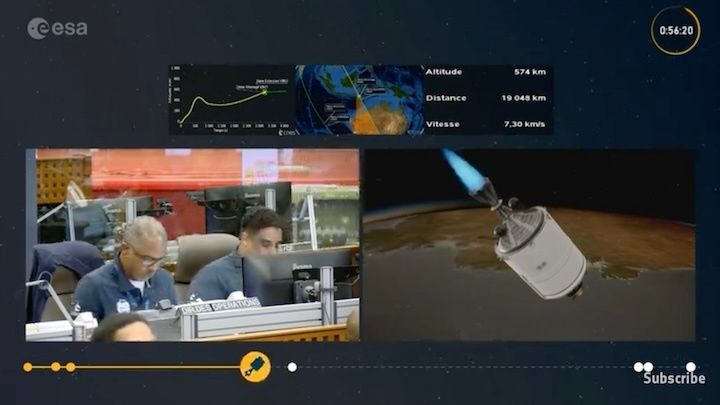
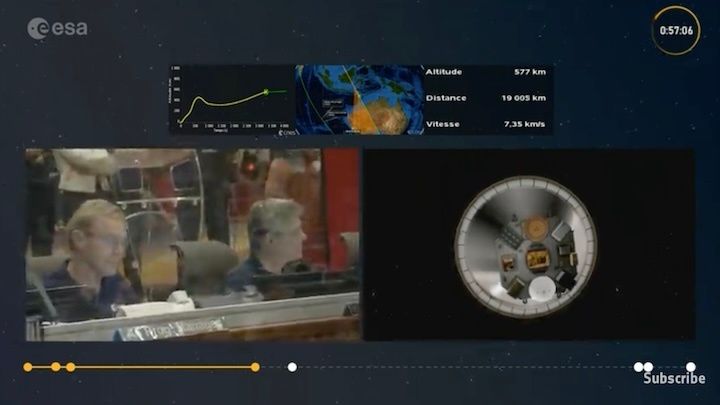
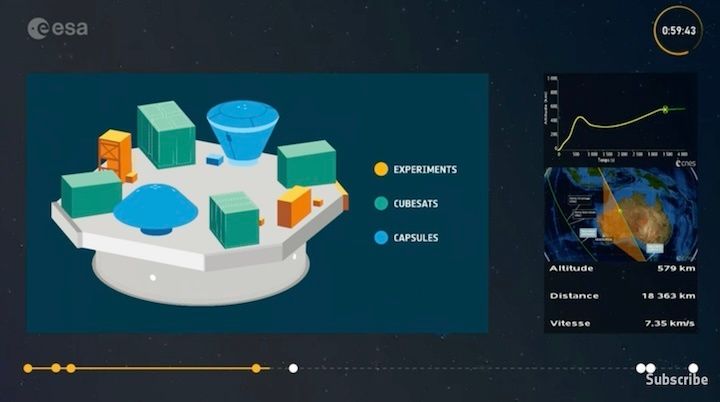
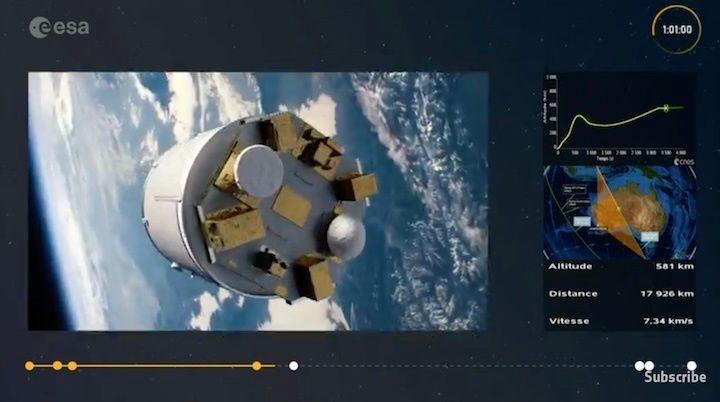
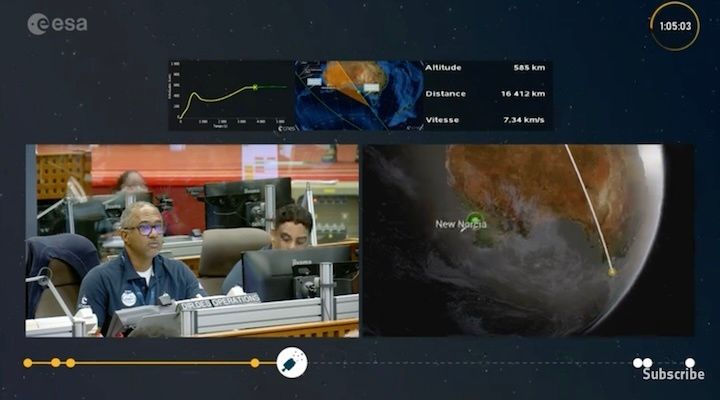
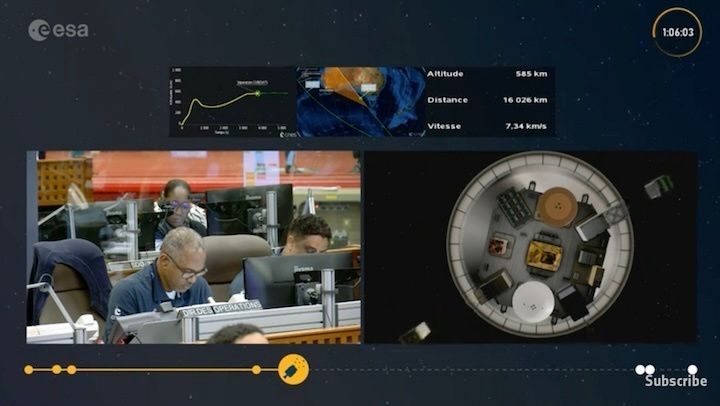
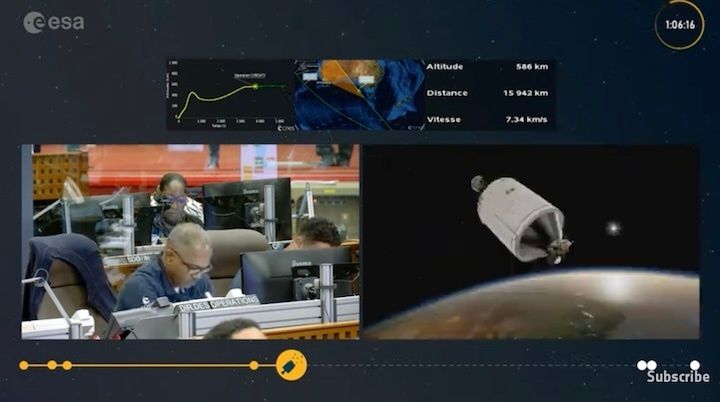
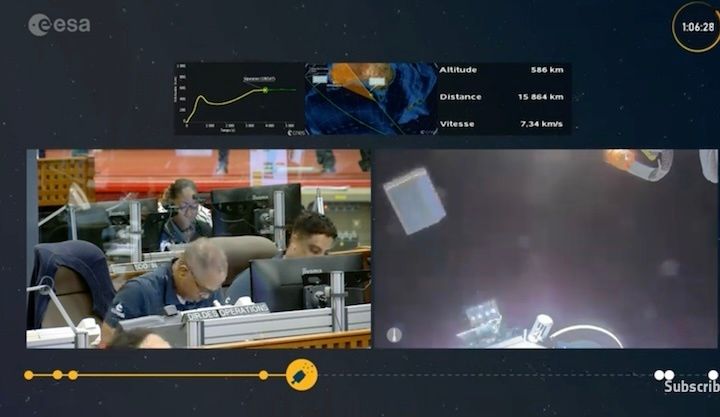
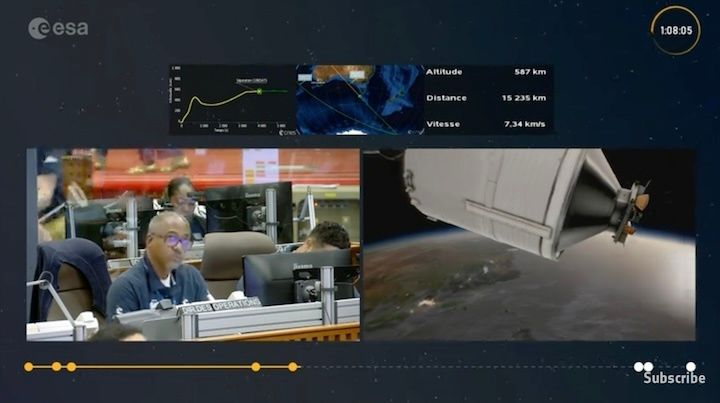
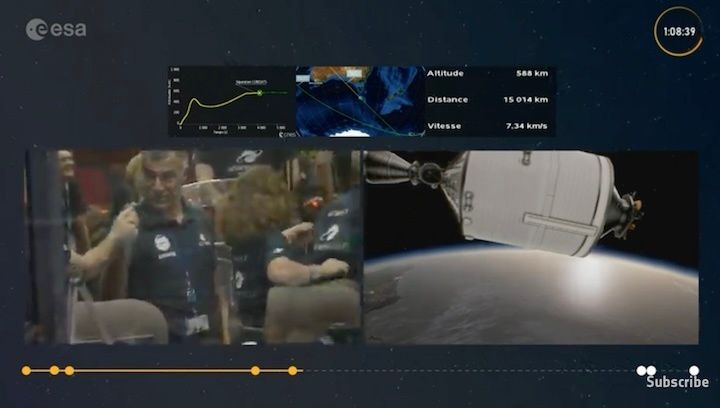
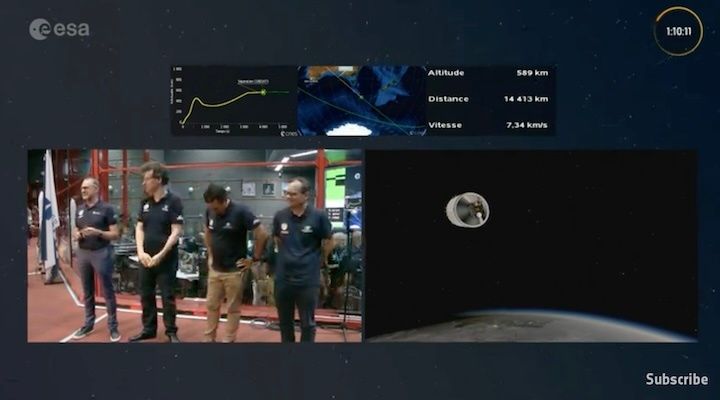
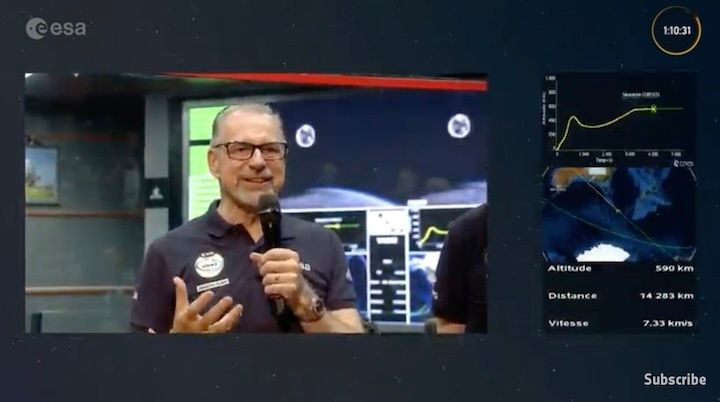
Quelle: ESA
+++
